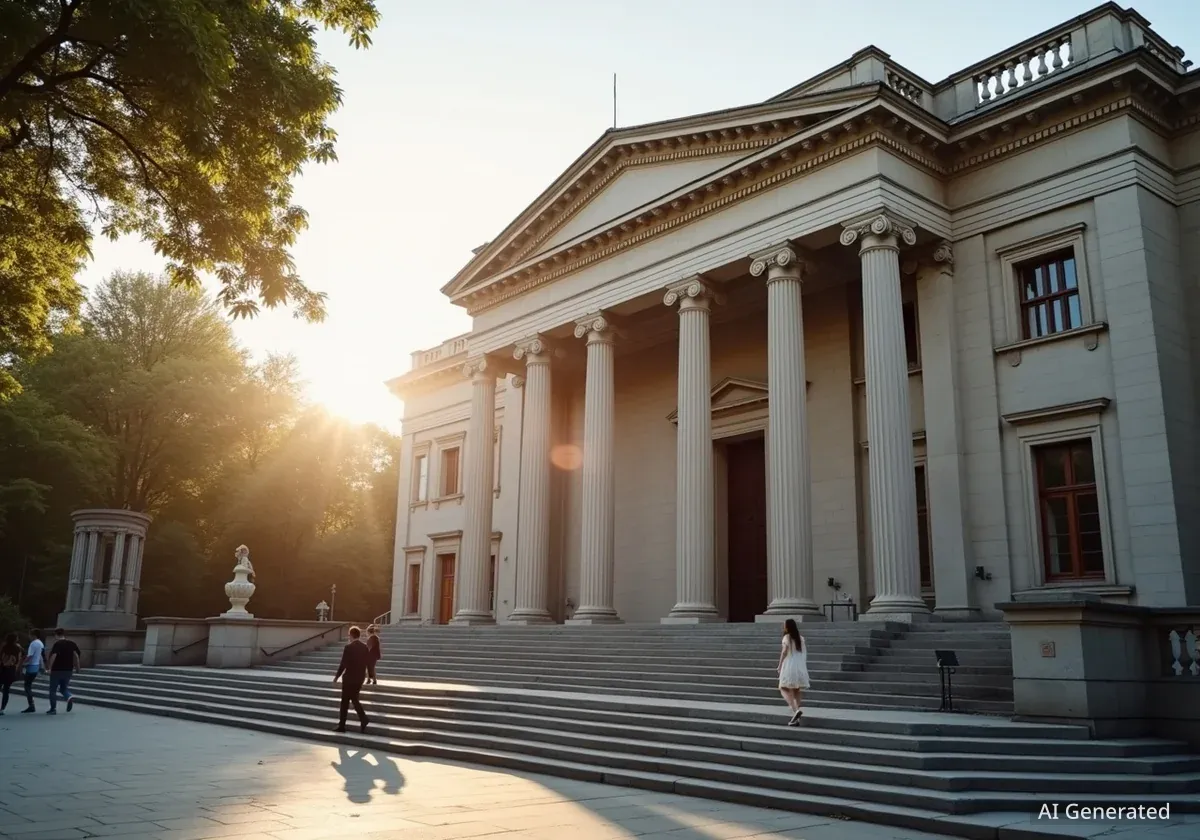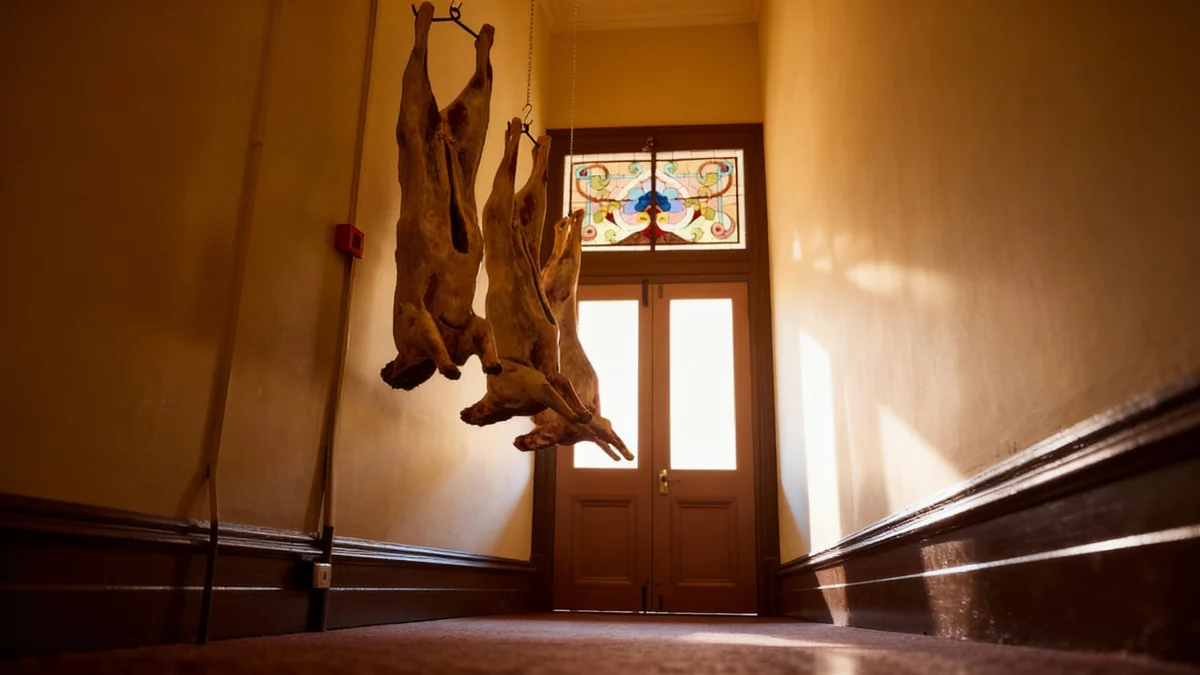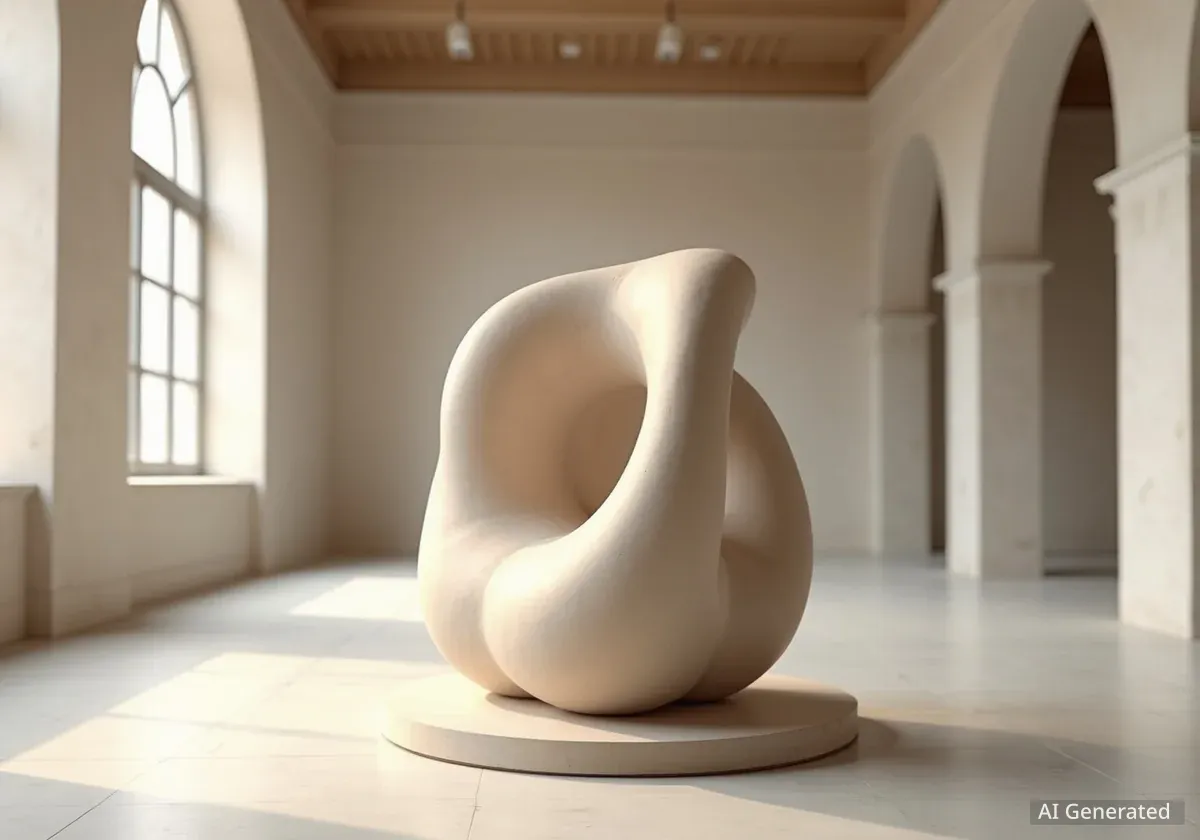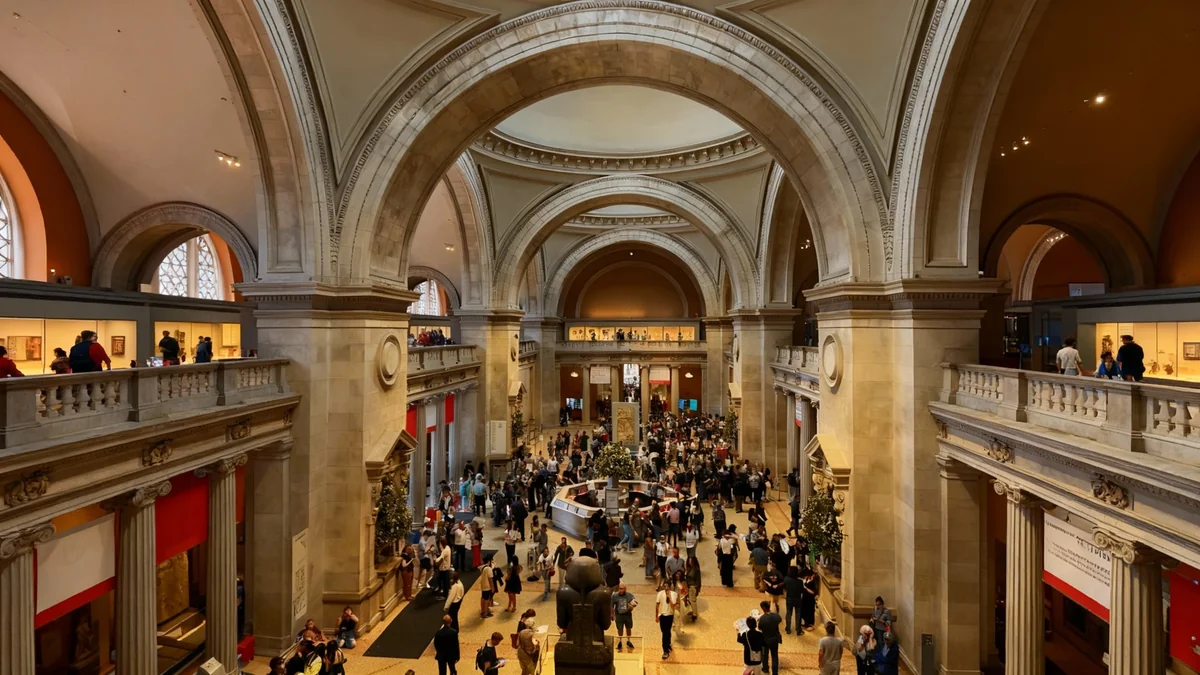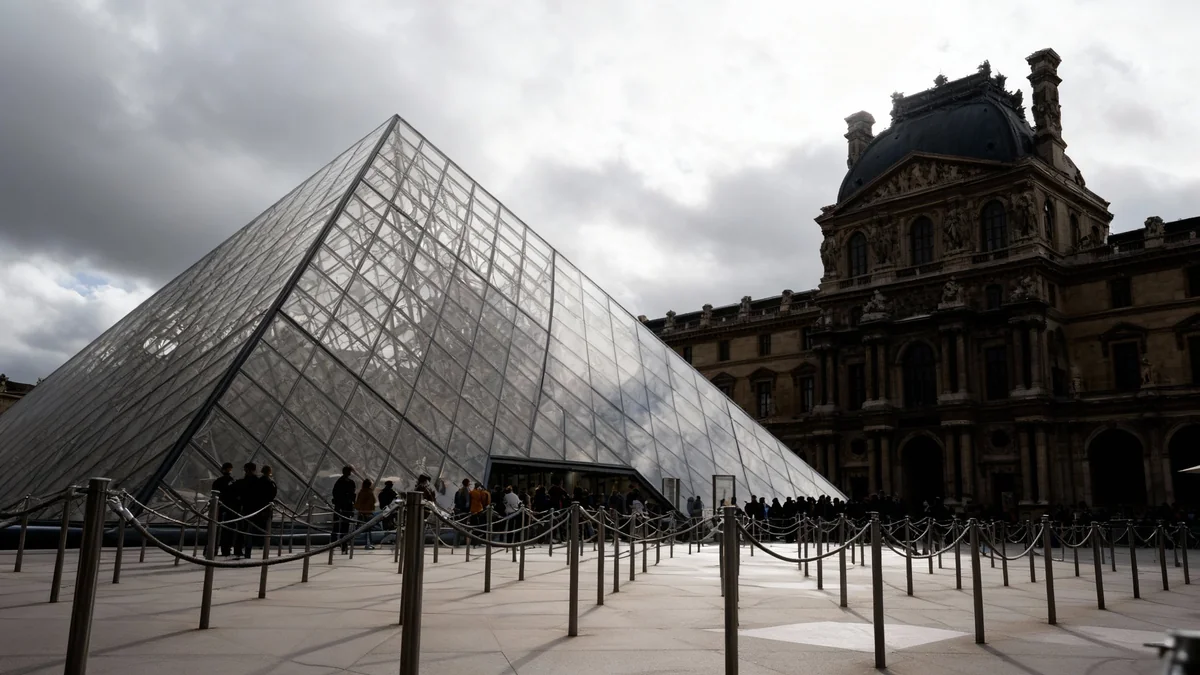The Philadelphia Museum of Art has officially changed its name to the Philadelphia Art Museum. This significant rebrand, announced on Wednesday, includes a new logo, custom typography, and a complete overhaul of its visual identity and website. The institution states this change aims to place Philadelphia more prominently in its public image and foster greater community engagement.
Key Takeaways
- The Philadelphia Museum of Art is now the Philadelphia Art Museum.
- The rebrand includes a new logo, typography, and website design.
- The museum worked with design studio Gretel on the project.
- The change aims to emphasize the museum's connection to Philadelphia.
- This rebranding is part of a broader trend among cultural institutions.
New Identity Emphasizes Local Connection
The decision to rename the institution was made public through a press release. Museum officials stated the updated name, Philadelphia Art Museum, directly highlights the city it serves. This move is part of a larger strategy to strengthen the museum's ties with the local community and make it more accessible to new audiences.
Sasha Suda, the museum's director and CEO, commented on the change. She stated,
"The Philadelphia Art Museum has long been the cultural heart of the city, and it’s our duty to maintain that role. Our focus and vision are unabashedly Philadelphian; we’re opening our doors to become more collaborative and future-focused for all."This quote underscores the institution's commitment to its local roots and future vision.
Quick Fact
The rebranding project took over one year of research, collaboration, and creative development to complete.
Collaboration with Design Studio Gretel
To execute this comprehensive rebranding, the museum partnered with Gretel, a branding and design studio. Gretel has a notable portfolio, having worked with several high-profile clients. These include the New York Times, CBS, and Major League Soccer club New York City FC. In the art world, Gretel has previously collaborated with the Museum of Modern Art in New York and the Crystal Bridges Museum of American Art in Bentonville, Arkansas.
For the Museum of Modern Art, Gretel developed a visual archive of short-form promotional content. For the Crystal Bridges Museum, they designed a members-only publication. This experience in cultural institutions made Gretel a suitable choice for the Philadelphia Art Museum's extensive rebranding efforts.
Beyond the Name: Visual Identity Overhaul
The rebranding extends far beyond just a name change. The project involved a complete overhaul of the museum's brand identity. This includes a new logo, custom typography designed specifically for the institution, and a fully revamped website. The goal was to create a cohesive and modern visual presence that reflects the museum's updated mission.
Ryan Moore, executive creative director and partner at Gretel, explained the project's core objective.
"Our main objective was to ‘come down the steps’ by putting the museum in dialogue with its community, which is and always has been the city itself. This new identity reflects the future of the institution: more engaging, more dynamic, and more inviting to new audiences."This highlights the desire for the museum to be more approachable and integrated into the city's daily life.
Background Information
The Philadelphia Museum of Art is renowned for its extensive collection and iconic location at the end of Benjamin Franklin Parkway. Its famous 'Rocky Steps' are a popular cultural landmark, often used for public gatherings and events, including political rallies.
A Trend in Museum Rebranding
The Philadelphia Art Museum is not alone in undertaking a significant brand overhaul. Many cultural institutions have rebranded in recent years to modernize their image and attract diverse audiences. This trend reflects a broader shift in how museums engage with the public in the digital age.
For example, in 2016, the Metropolitan Museum of Art in New York unveiled its new logo. This logo featured the words "The Met" in an all-caps red font. While it faced some initial criticism, it ultimately became an accepted part of the institution's identity.
Another example is the Brooklyn Museum, which underwent a sans-serif rebranding last year. This change was met with a largely quiet reception, suggesting that not all rebrands generate widespread public debate. These instances show that institutions frequently update their public image to remain relevant and welcoming.
Did You Know?
The Metropolitan Museum of Art's 2016 rebranding was described by one critic as "a red double-decker bus that has stopped short, shoving the passengers into each other’s backs," illustrating the varied public reaction to such changes.
Future Goals and Community Engagement
The rebranding signifies the Philadelphia Art Museum's commitment to a more collaborative and future-focused approach. By putting "Philadelphia front and center," the museum aims to reinforce its role as a vital cultural resource for all residents and visitors.
The new visual identity and website are designed to be more engaging and dynamic. This is expected to attract new audiences and foster a deeper connection between the museum and the city. The institution hopes these changes will make art more accessible and relevant to a broader demographic, encouraging greater participation in its programs and exhibitions.
The museum's leadership believes this strategic rebranding will help it better serve its community and adapt to evolving cultural landscapes. It represents an effort to evolve while staying true to its mission of preserving and presenting art for the benefit of the public.
